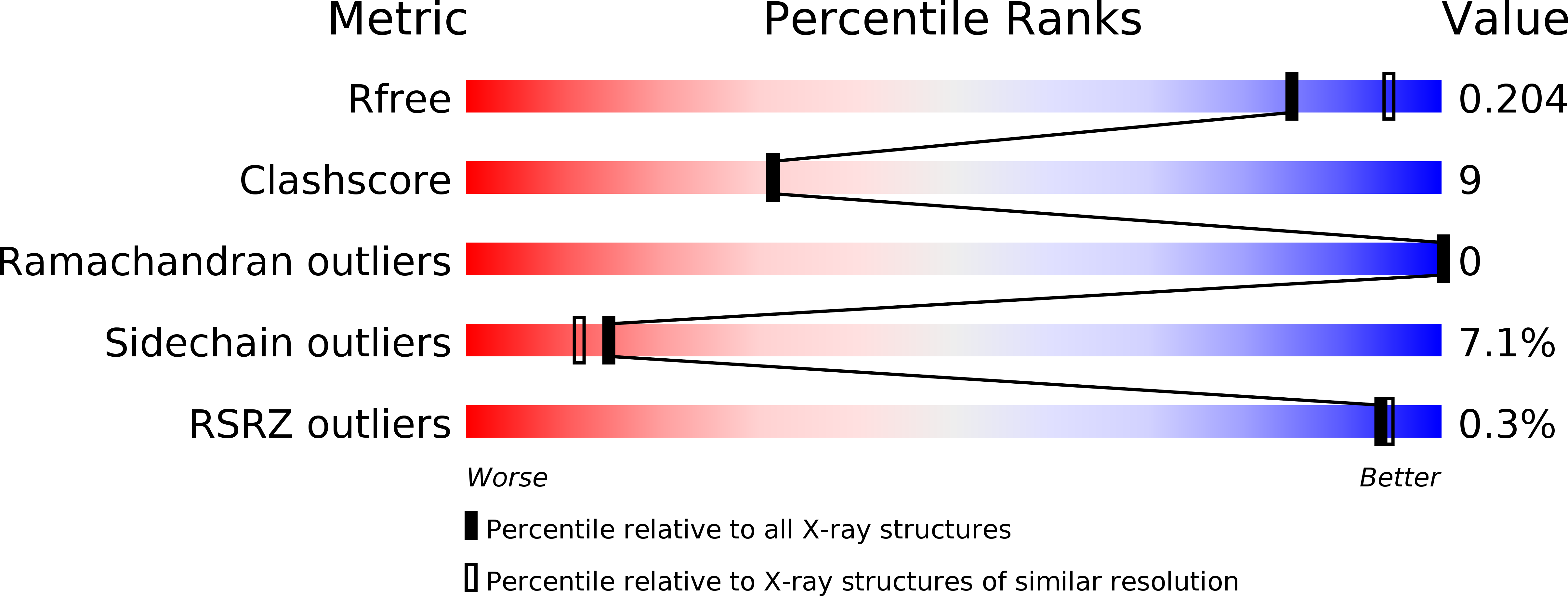
Deposition Date
2004-11-24
Release Date
2006-01-17
Last Version Date
2024-02-14
Entry Detail
PDB ID:
1Y3G
Keywords:
Title:
Crystal Structure of a Silanediol Protease Inhibitor Bound to Thermolysin
Biological Source:
Source Organism:
Bacillus thermoproteolyticus (Taxon ID: 1427)
Method Details:
Experimental Method:
Resolution:
2.10 Å
R-Value Free:
0.22
R-Value Work:
0.15
R-Value Observed:
0.15
Space Group:
P 61 2 2


